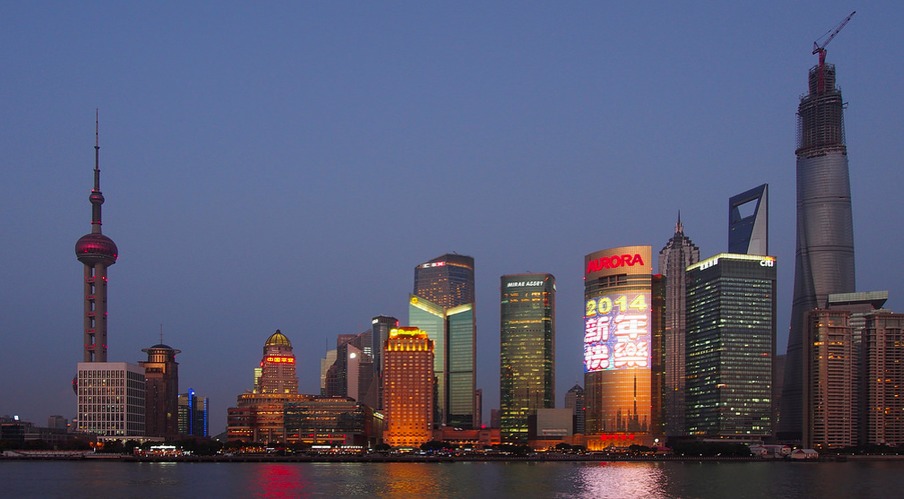Sometimes, what’s good for your household budget is bad for your portfolio.
The slump in commodity prices (from soft grains to oil and from iron ore to gold) that took hold in 2013 and 2014 shows no sign of easing this year.

Supply gluts
The latest evidence: U.S. farmers just reported record harvests of corn, up 4%, and soybeans, up 18%.
This is great news for U.S. consumers, as are gas prices at five-year lows. But if you own commodity-sensitive stocks and investment vehicles, watch out.
A confluence of factors are working against commodities this year and probably into 2016.
China slowdown
The big one is China, which consumes about half of the world’s iron ore and coal, and buys more than a third of its base metals.
After growing at average growth rates of 10% from 1980 to 2012, the world’s second biggest economy is decelerating.
That has depressed demand for all manner of commodities and ended a decade-plus rally in gold prices in 2013.
The International Monetary Fund predicts the Chinese economy will decline even further over the next five years, from about 7.4% this year to 6.3% by 2020.
On top of that, other chunks of the global economy are in a funk. The Eurozone just fell into deflation and Japan is in recession.
Energy
Consider, too, the price dynamics in the following commodity markets:
The supply glut in the oil markets is enormous given OPEC’s decision last fall not to cut production. At the same time, North American and Russian producers continue to pump out the stuff at robust rates.
Goldman Sachs (GS) sees oil prices tumbling to as low as $40 a barrel in the first half of 2015 before the industry’s imbalances start to unwind.
Iron ore
Global iron ore suppliers, UBS AG concluded in a report to clients, are in the grip of a price war amid expanding supply.
The investment bank cut its price forecasts in 2015 or 2016.
Grains
Two years of bumper crops in corn, wheat and soybeans has created a big oversupply condition in the industry.
Cereals stockpiles are now equal to 25% of annual global production. That’s the highest ratio in more than a decade, according to the UN Food and Agriculture Organisation.
Takeaway
If your portfolio is heavily exposed to oil majors and commodity producers, it might be time to rethink your strategy.
Redeploying capital to sectors that are benefitting from the commodity slump such as consumer staples and airlines is one option.
Another approach worth studying is whether to short commodities with inverse exchange traded funds.
In the meantime, enjoy the filling your gas tank for $2.00 per gallon while it lasts.
Continued learning: 7 ways to prosper for the Chinese slowdown
Photo credit: Fishhawk via Flickr Creative Commons
DISCLAIMER: The information contained in this article is general in nature and not intended as specific advice. Past performance does not guarantee future results.




